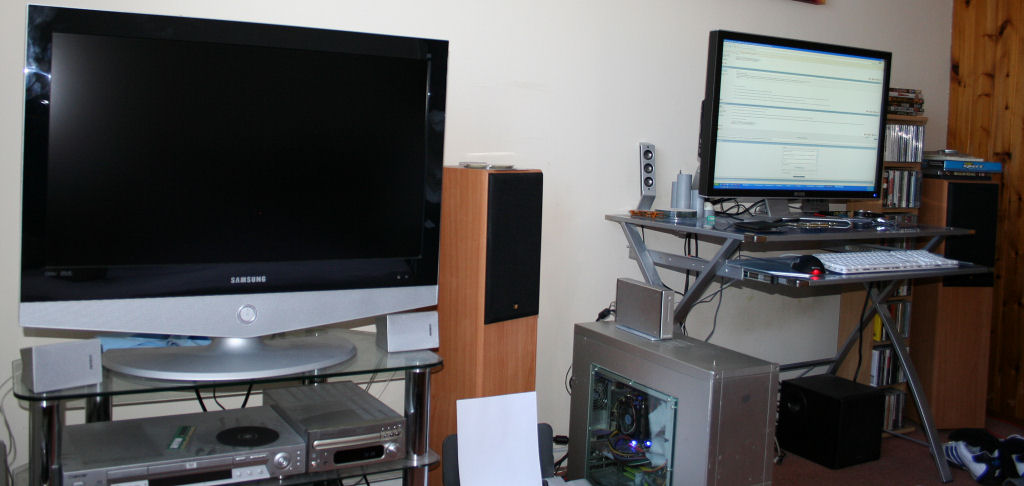Final thoughts, awards and right2reply
Final thoughts, awards and right2reply
Sapphire has been one of the first companies to see the value in adding an HDMI connector to a midrange graphics card. Its Radeon X1600 Pro HDMI SKU will be priced at around £95, which is around £20 more than its HDMI-less model and, significantly, right on Radeon X1600 XT money. The logical conclusion, then, is that it doesn't represent good value for money if evaluated solely from a gaming perspective. However, pure gaming grunt isn't this SKU's raison d'etre. Rather, it's aimed at users who wish to connect their PCs to HDMI-equipped LCD and plasma TVs, for large-screen, high-definition viewing and gaming.Sapphire's been responsible and added in the requisite HDMI cable (which isn't cheap) and adapter in the package. The card's half-height PCB and changeable back panel makes it perfect for small form-factor media center boxes, and HDCP compliance bodes well for upcoming high-def. media, as well.
You need to consider the entire package that's on offer here and not just the price. With that in mind, it makes decent sense for those looking to make the most out of your sleek HD panels. Recommended for its multimedia credentials rather than outright gaming speed.
HEXUS Awards
 - Sapphire Radeon X1600 Pro HDMI 256MiB.
- Sapphire Radeon X1600 Pro HDMI 256MiB.














